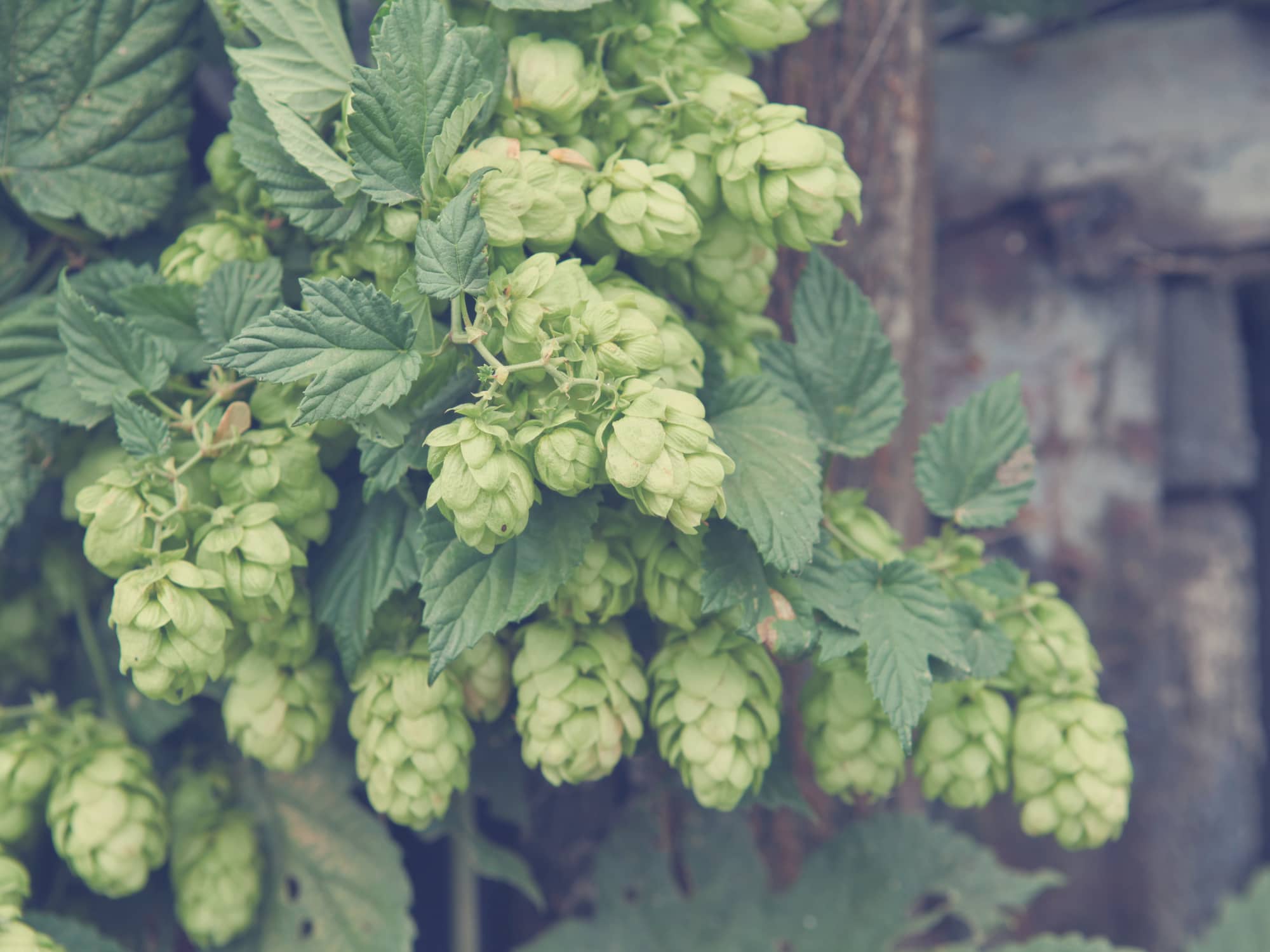Brewing science is funny. There’s a ton of information, but it can be very disjointed, which is in its turn very frustrating, usually.
When we set out to research New England IPA in the spring of 2016, and then obviously in much more depth following the release of the M-43, we found very little research directly related to the style. That’s to say, there were a bunch of guys like Nate, Matt and I who had some pretty good guesses about what was going on, and were mostly right in a practical sense, but not a lot of quantified, peer-reviewed science which said “these beers have to be this, that process engenders this result, and these sets of processes will result in a beer which can be considered a ‘New England IPA’”.
At that point, as it is quite often at this one, folks were still figuring out whether or not they could get past their dry, bitter IPA egos and make one of these beers, or if they’d just rely on the tried and true brewer’s model of saying “kids these days don’t know how to make beer as well as me; this is a fad and I’m not doing it” (side note: It’s hilarious to me how many breweries which make flavored, barrel-aged pastry stouts, etc. say this). I was absolutely one of those guys for a very long time, so I know exactly the kind of reticence and fear that comes from a style like this, and how hard folks will argue to keep their world-view intact, even in the face of real research and market viability which proves one completely wrong. Especially folks with a generally unsophisticated understanding of food science/biochemistry/microbiology, but certainly not exclusive to them.
Anyways, Nate, Matt and I dove into any research we could find regarding:
- Hop Bio-transformation (Sapporo produced a fantastic research paper in 2006 which became the basis for our understanding of that process among other, more recent research),
- Mouthfeel relating to mineral salt additions to brewing water (adding basic calcium salts to brewing water to create extant mineral profiles, and sometimes to accentuate and expand them.)
- Changes in yeast suspension regarding PH, water chemistry
- Semi-permanent haze from protein, lipids
- Any other biochemical process involved in the aroma and soft mouthfeel which typifies the style.
We were able to find most of the research we needed regarding everything but that certain “Je ne sais quoi” in the mouthfeel of well-executed examples of the “NEIPA” style. Then, we stumbled on a bit of informal research into Glycerol production in brewer’s yeast and its impact on mouthfeel, perceived sweetness and “roundness” in a finished beer. As it turned out, the yeast we were using – as in all yeast strains now considered appropriate for the style – was a significant glycerol producer and, if treated correctly, could produce even more of this substance which we found was so crucial to the body and mouthfeel in this style.
Before we go any further: Glycerol is a sugar alcohol produced by all strains of brewer’s yeast in at least trace amounts. It is known to lend body to a beer, decrease perceived “roughness”, enhance flavor intensity and increase aroma volatility. So, like, duh… This was the missing piece in our understanding of the style. It was there all along, and we knew it was needed at a very primitive level, but we didn’t know how it worked, or why, before this bit of research.
So, why does this have anything to do with The Fine Stranger, and why did we call TFS part of our “New Orthodox IPA series”, when we also call it a Saison on the can?
The French strain of yeast we use in The Fine Stranger is a significant glycerol producer, which is obvious now in the context of delicious examples of the Saison style we’ve tried over the years. Everything elevated Glycerol levels should lend a beer is lent to a good Saison: Body, “smoothness”, intense representation of yeast phenolic flavor and increased Phenolic aroma, relative to other, similar beers. We knew Saison yeast was our favorite “outside the box” choice for Belgian/French beer bases, and now we’ve quantified why. That’s always our favorite feeling.
So, if mouthfeel is one of the three pillars of the sub-style of NEIPA, and aroma is another, then our assumption is that any yeast which produces an elevated amount of glycerol, and can be further manipulated in the process to produce more might be an interesting choice to stick under the NEIPA style.
So, that goes a fair distance towards explaining why we chose the Saison yeast to use as an experiment within the sub-style.
Now, why did we call it a Saison?
Unlike IPA, Saisons have a more narrow grain bill, generally, which tends toward Pils Malt, spicy malted rye, wheat and, occasionally, Oats. We have used all of those grains in other examples of the NEIPA style (Rye in the Greenstone, for example), so that’s not the stretch that led us to call this a Saison.
The Phenolic notes from a Saison yeast are unavoidable, and we thought that it would be fairer to interested folks to give a heads-up that there would be some significant changes to the overall profile which would absolutely evoke a French/Belgian beer which was very heavily dry-hopped, as opposed to an NEIPA with a slightly different hop character.
The role of yeast and fermentation technique is often overlooked in this beer, and it’s understandable why. When the popular focus is on “what hops and how much” instead of “what is this beer, really”, it’s difficult to imagine that yeast plays anything like a central role. I think until more folks recognize that yeast and fermentation technique is at least 60% of what makes an NEIPA an NEIPA, we’ll see more examples which are just kind of West Coast IPA with much less bitterness and much more dry hop, focused on new, citrus forward hop styles. Some of those beers are great, but that’s not what we’re shooting for at Old Nation.
So, while we constantly hear that we “have to be using flour to get the haze” or that the fermentation and conditioning schedule we use is lazy, or whatever, ad nauseum, we’ll keep pushing the limits of our understanding of all beer – and NEIPA in particular for now – until we aren’t brewing anymore. Hopefully, for us, that won’t be for a long time.
Really figuring stuff out is what’s fun about a job like brewing, after you’ve grown your hair and beard out and gotten all the tattoos you think you’ll need. That’s where the work is, and the work is a blast if you do it right.
Thanks for everything, guys, I hope this was a fun and informative read,
– Travis



